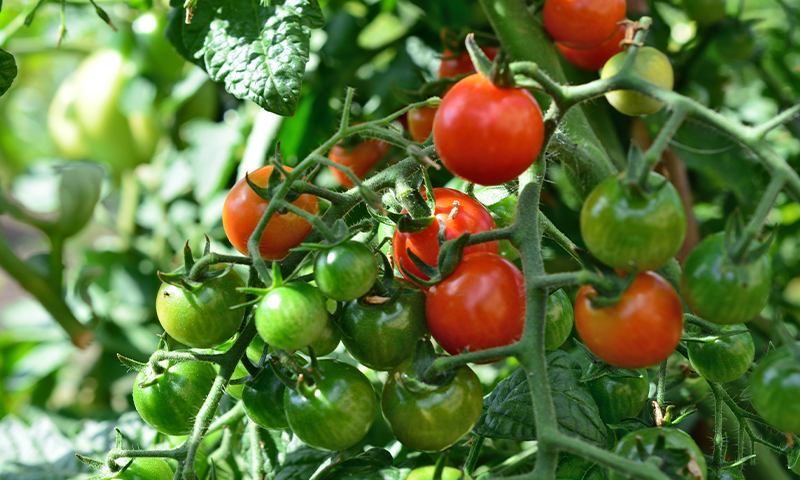Now Reading: Could ‘Junk’ Proteins Drive Adaptation?
-
01
Could ‘Junk’ Proteins Drive Adaptation?
Could ‘Junk’ Proteins Drive Adaptation?

Speedy Summary
- Cell biologist Amy Gladfelter studied the fungus Ashbya gossypii, known for adapting to diverse climates, including tropical and cold regions.
- Her research at Duke University revealed that swapping a specific protein, Whi3, between fungi from Wisconsin (cold climate) and Florida (hot climate) allowed them to adapt to each other’s temperatures.
- Whi3 is classified as a “disordered protein,” whose unstable amino acid sequences enable it to shapeshift based on environmental conditions.
- only small modifications in the Whi3 protein were sufficient for fungi to change their temperature tolerance patterns.
- Disordered proteins have been found in plants, animals, and humans and are linked with critical functions like DNA transcription and cell division.
- These proteins may have evolved first before structured proteins and play a pivotal role in adaptation across species.
- Related studies on thale cress plants show similar results; disordered segments of ELF3 proteins act as temperature-sensitive growth regulators.
- Researchers suggest such findings could aid climate adaptation strategies for crops using genetic engineering.
Indian Opinion Analysis
The study highlights notable advancements in understanding how organisms adapt to changing environments through disordered proteins. For India-whose agricultural sector is already grappling with challenges posed by climate change-this breakthrough offers hope. If such adaptable mechanisms can be engineered into crops like rice or wheat, it could bolster India’s food security amidst rising temperatures.
Moreover, given that India hosts diverse ecosystems ranging from icy Himalayan habitats to coastal tropics, these insights might also prove crucial for preserving native biodiversity under shifting climatic conditions. however, further research is needed before translating this scientific understanding into practical applications like genetically engineered heat-resistant crops. This includes addressing ethical concerns around genetic modification while ensuring benefits reach farmers sustainably across varied socio-economic strata in India.























